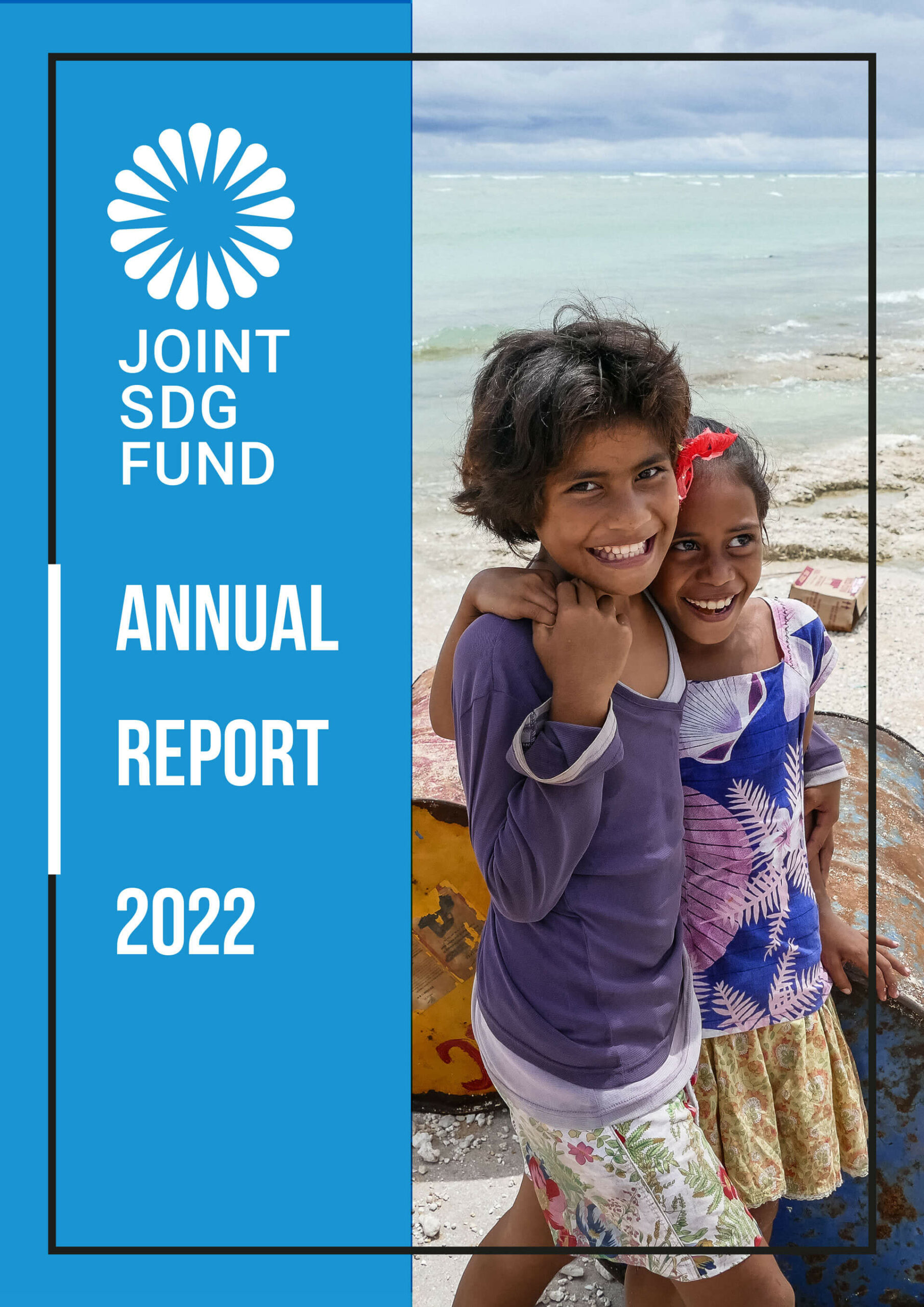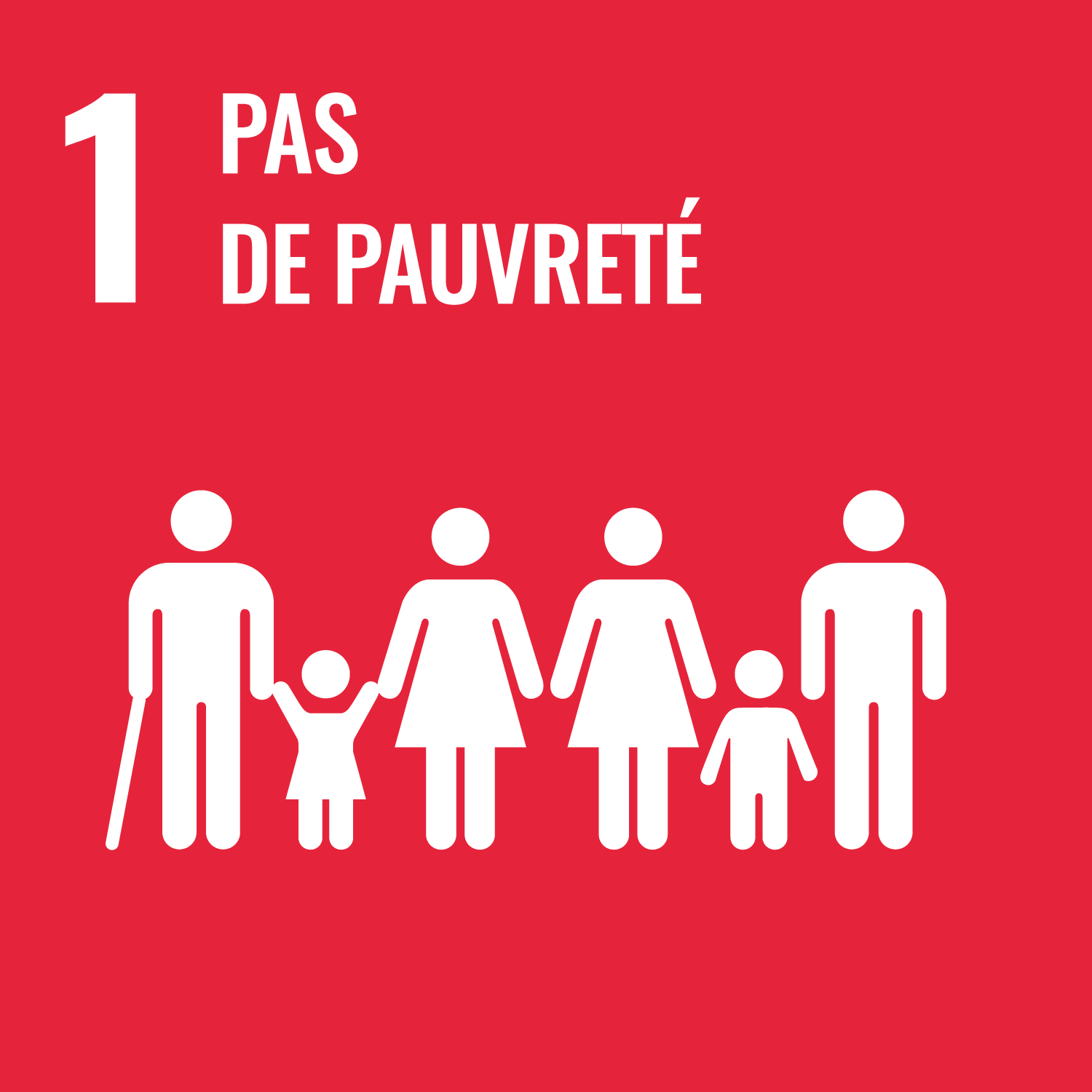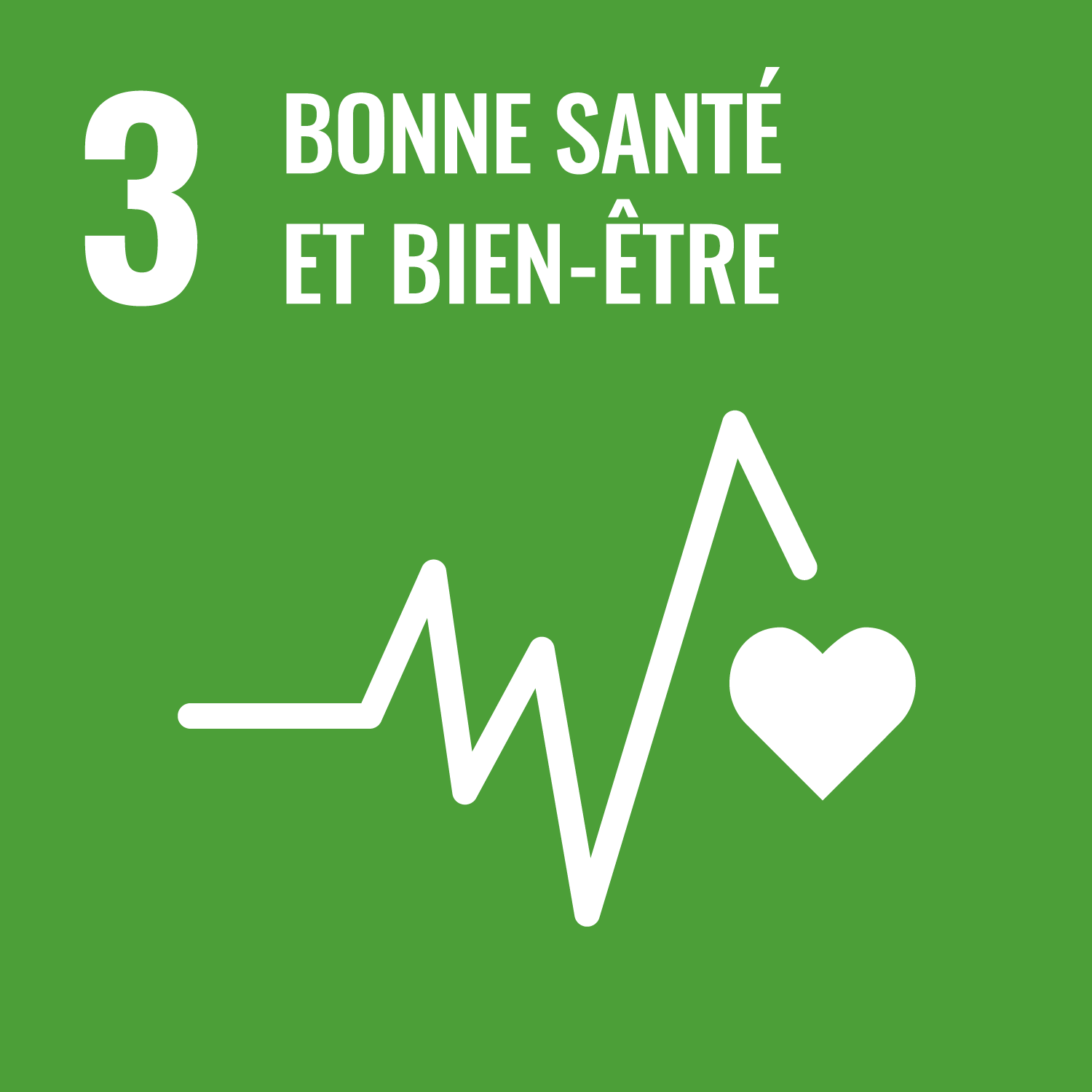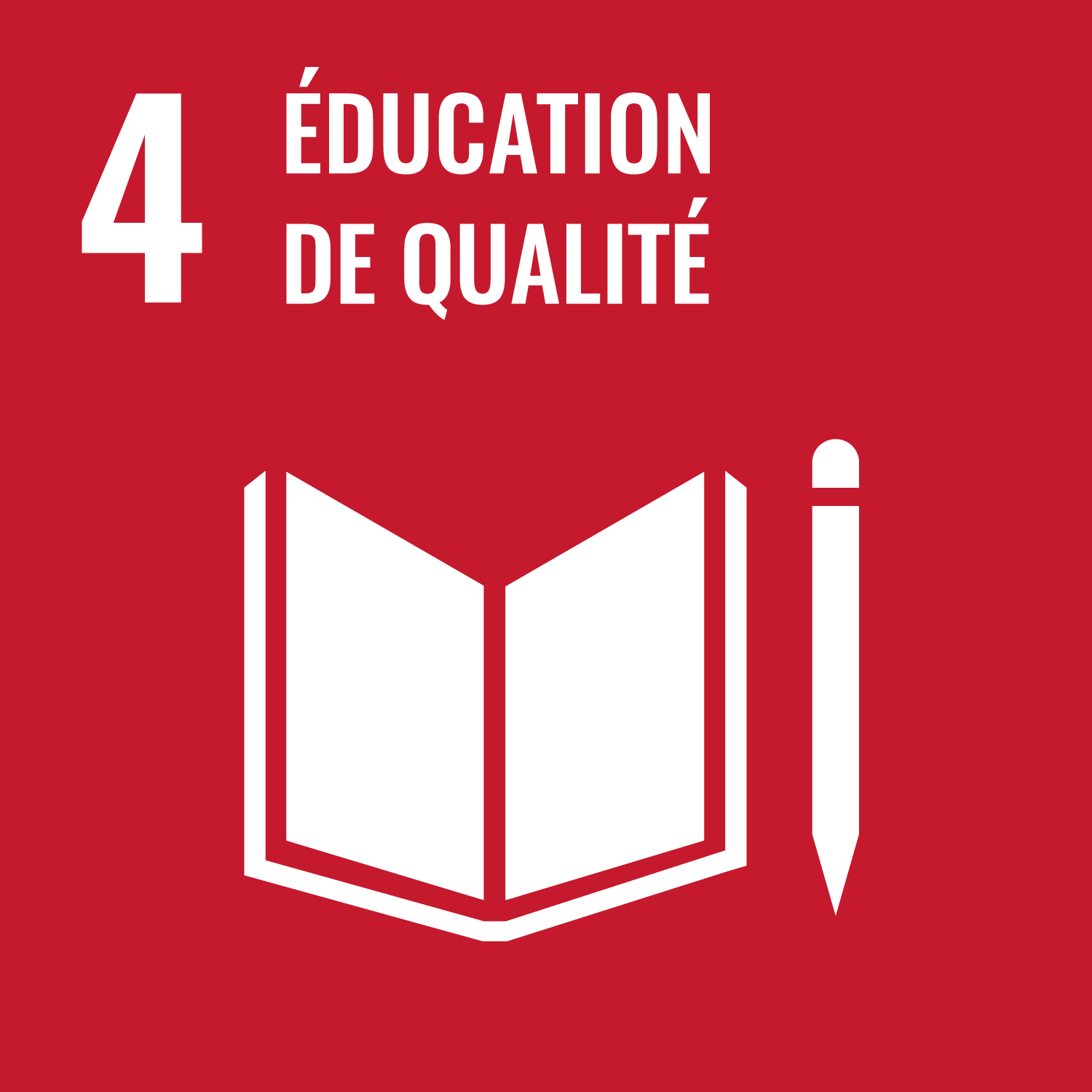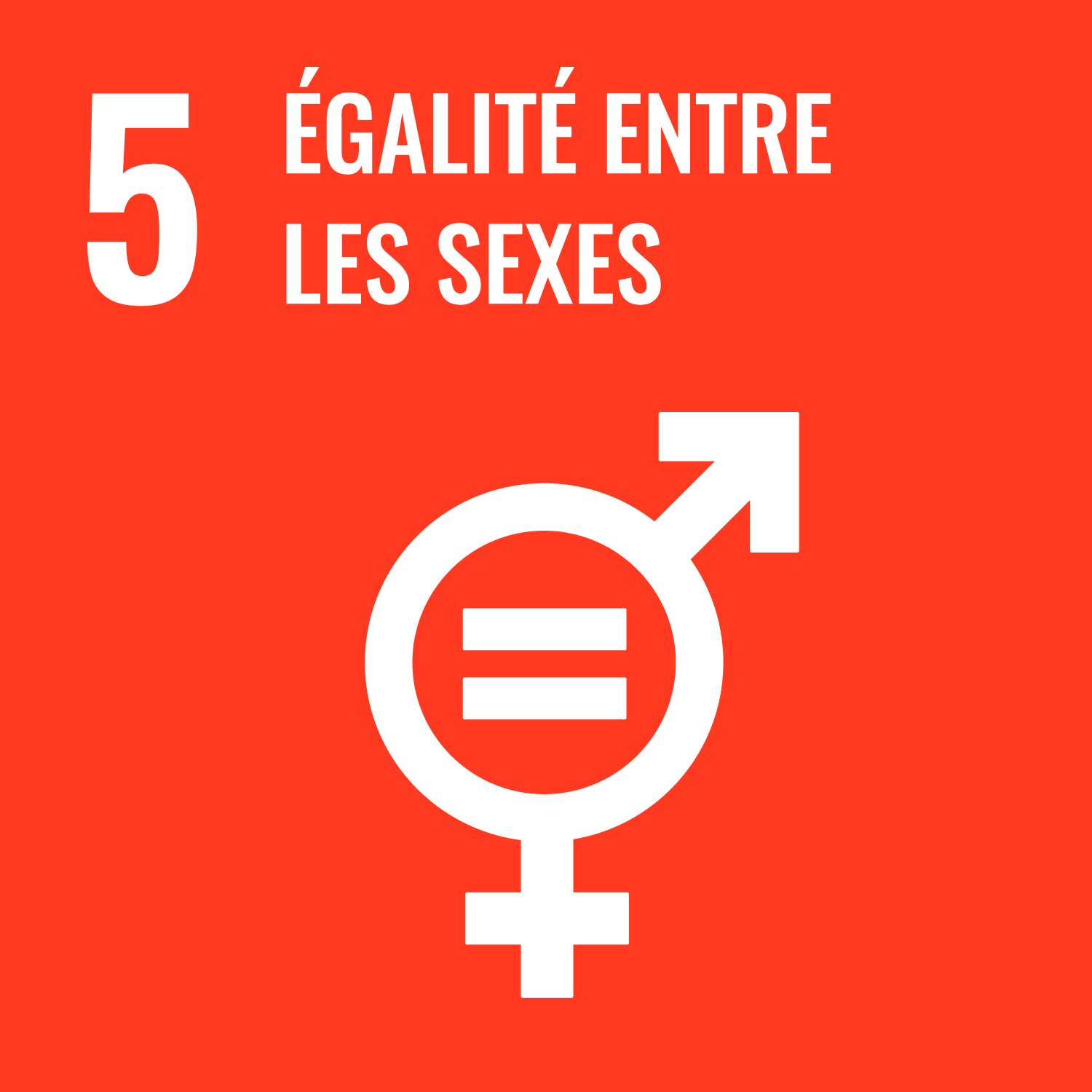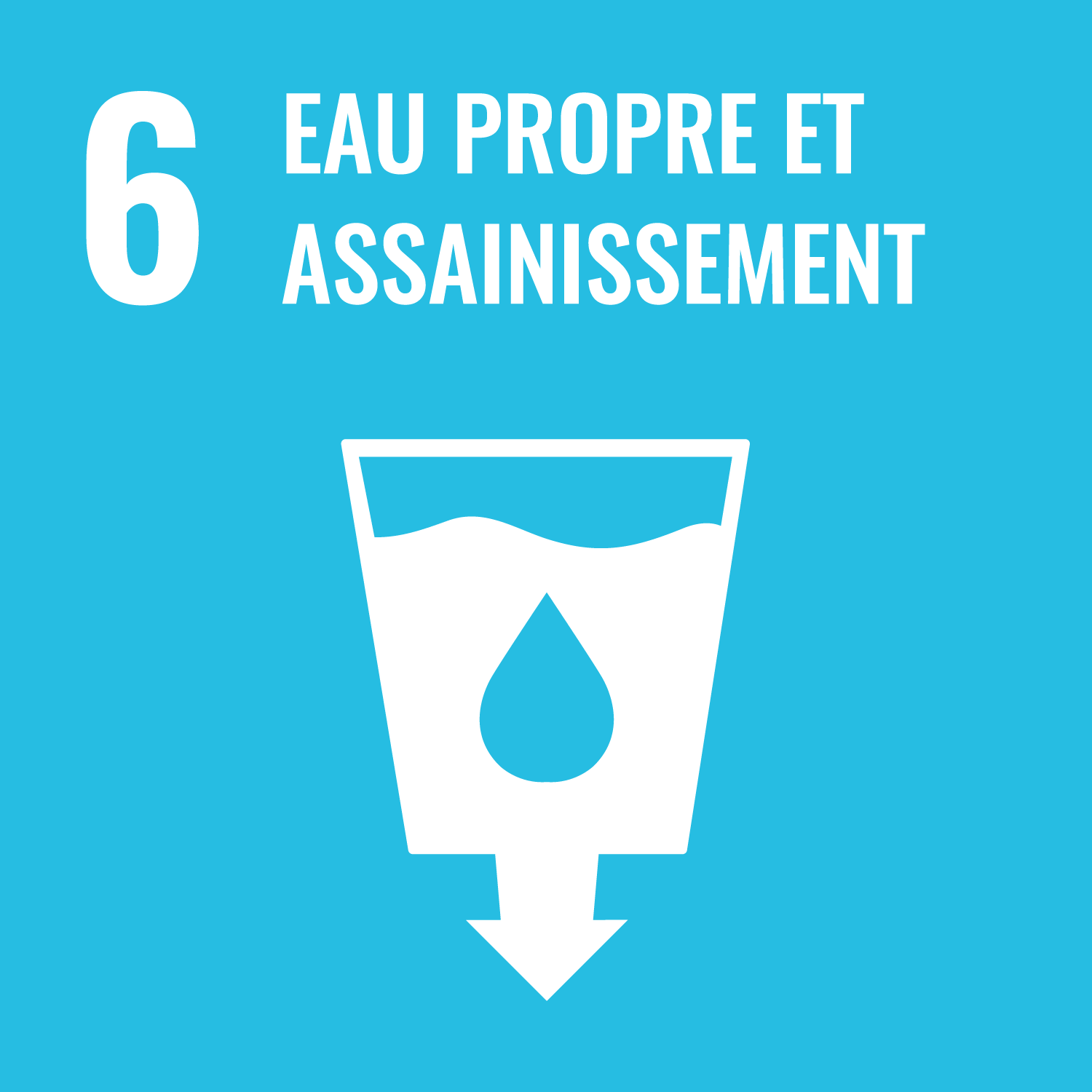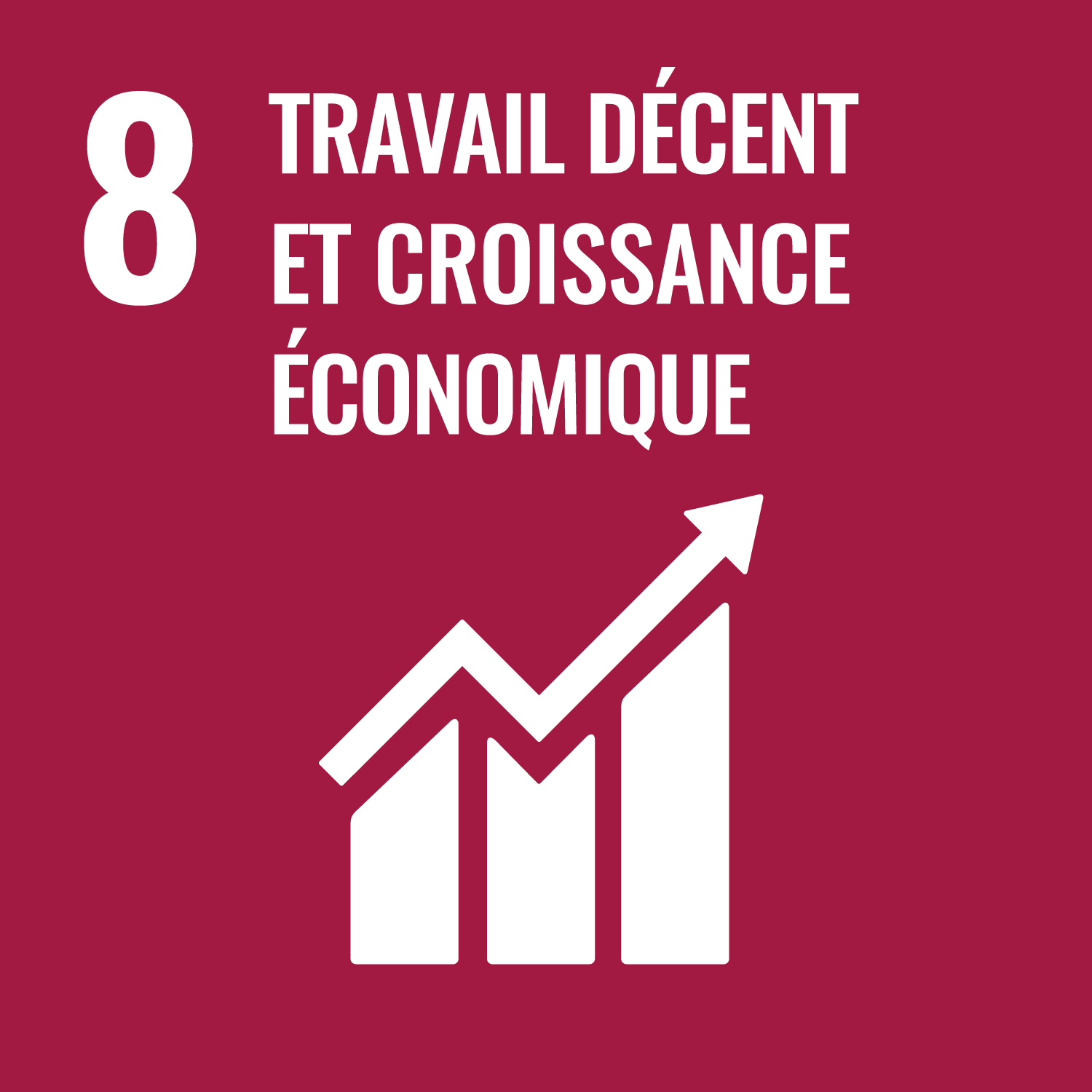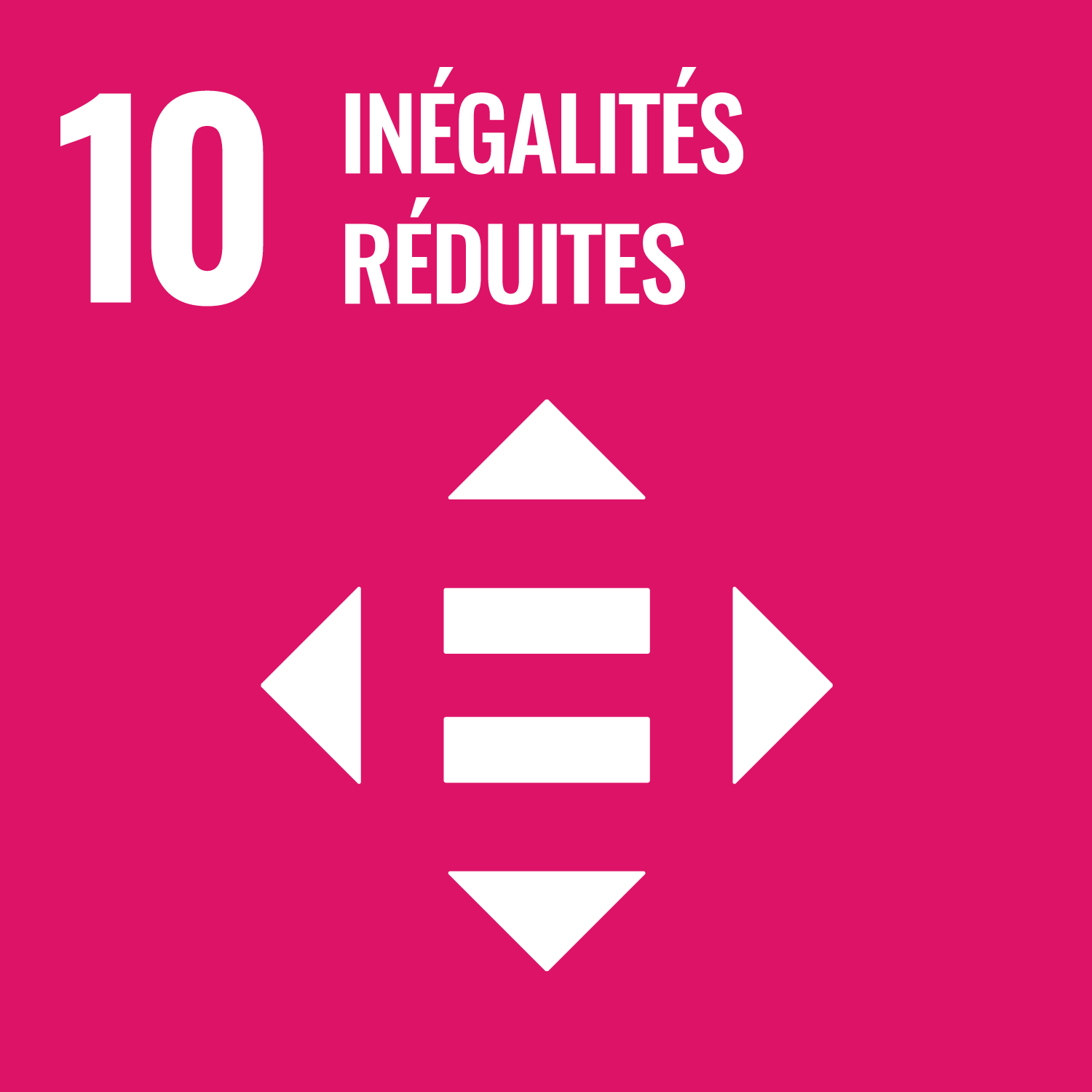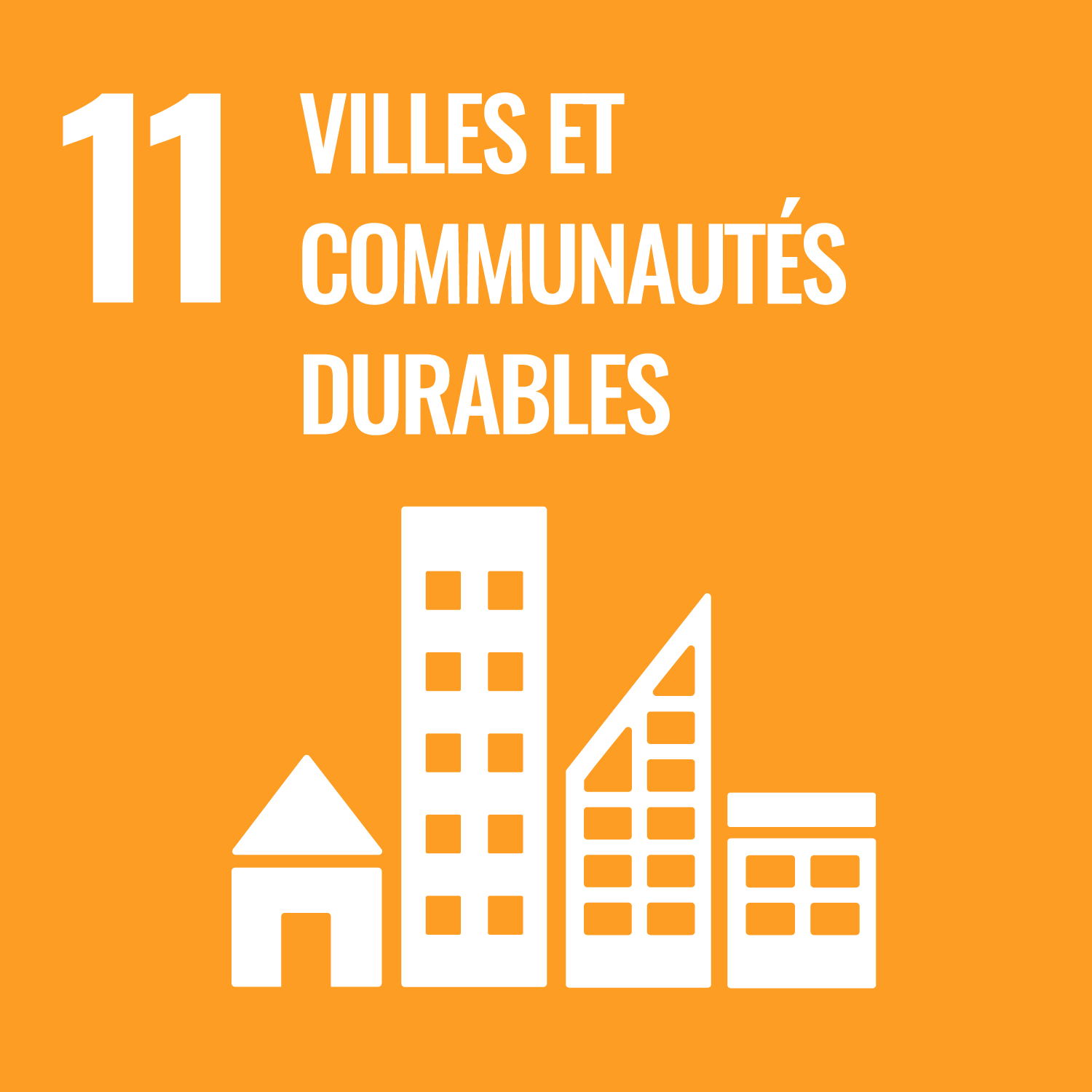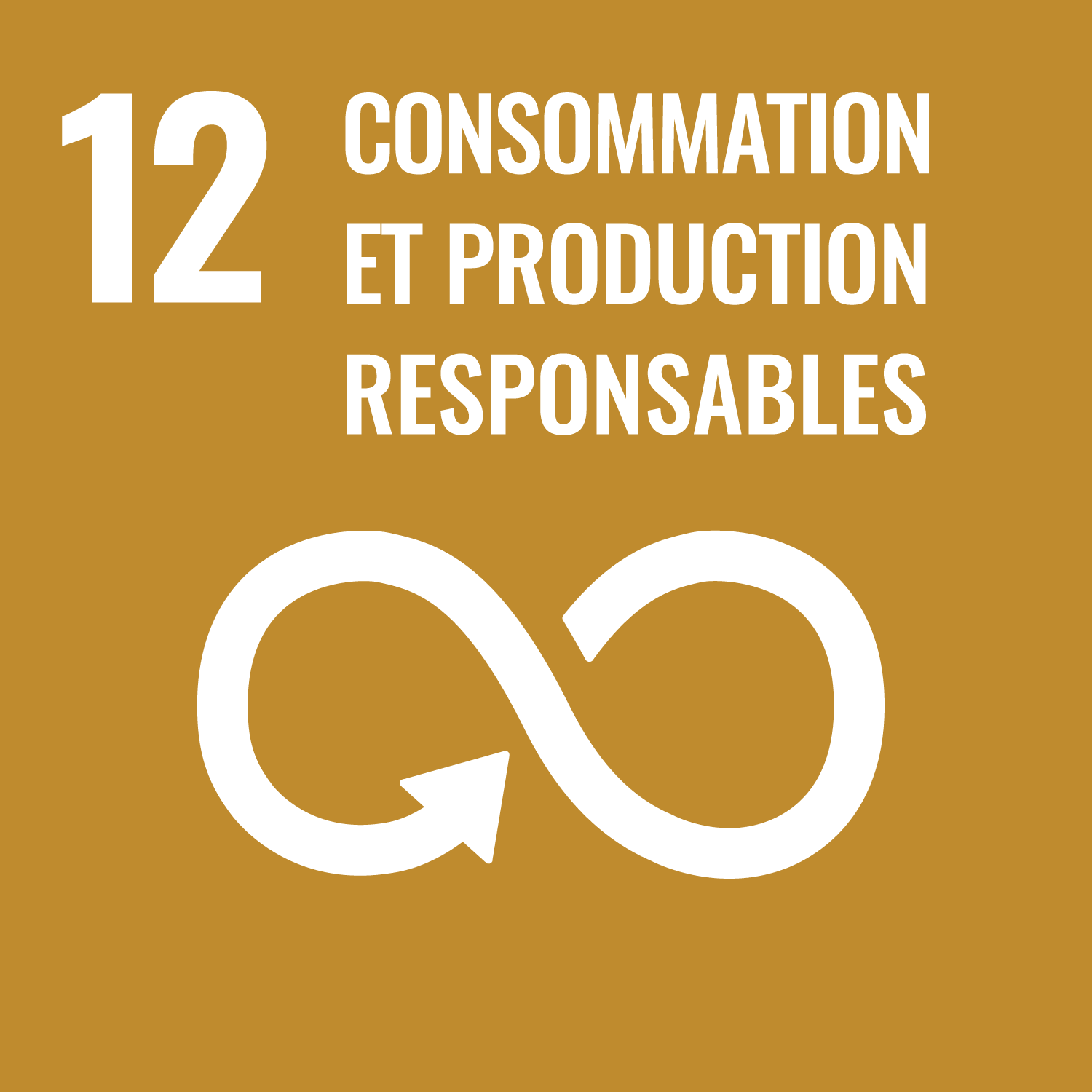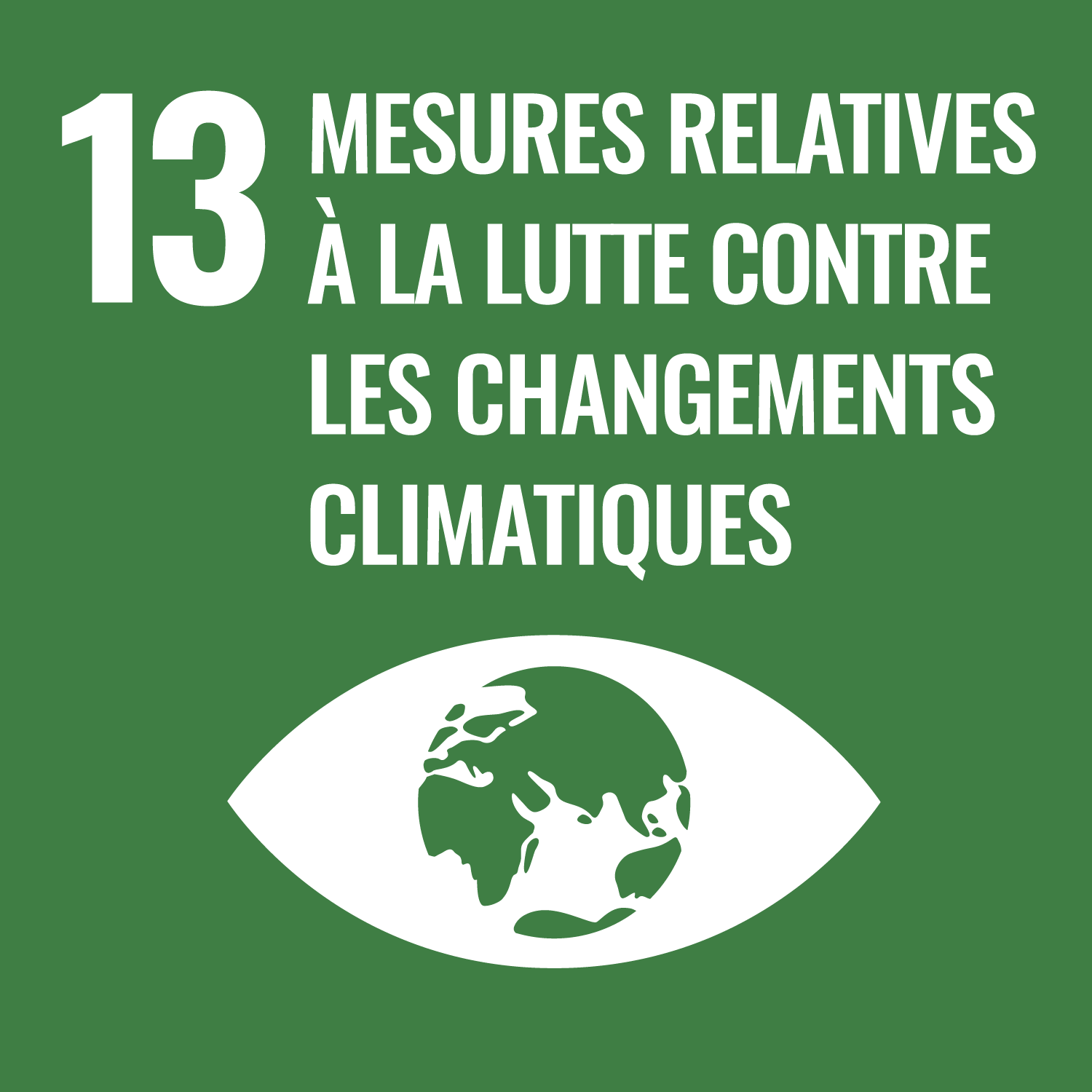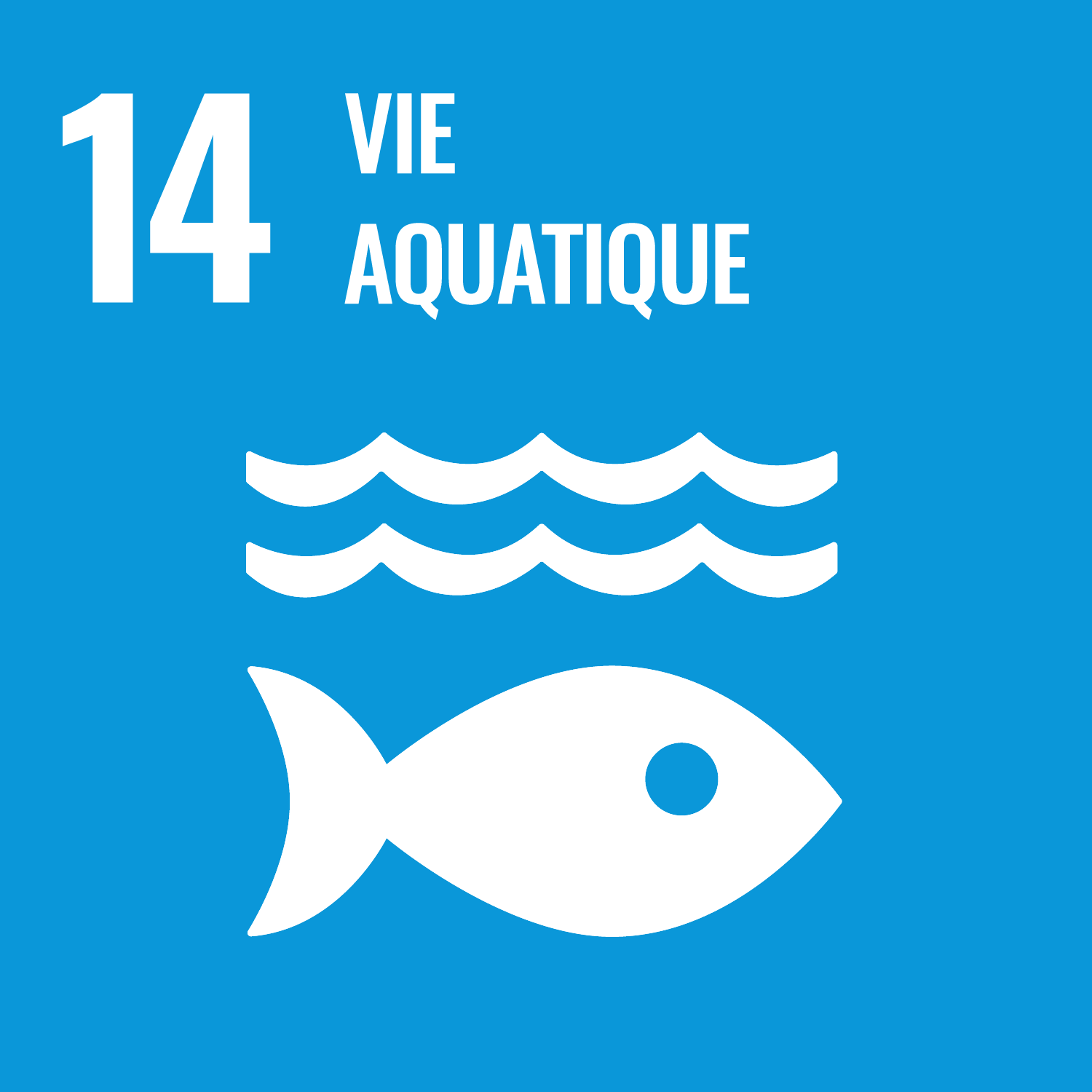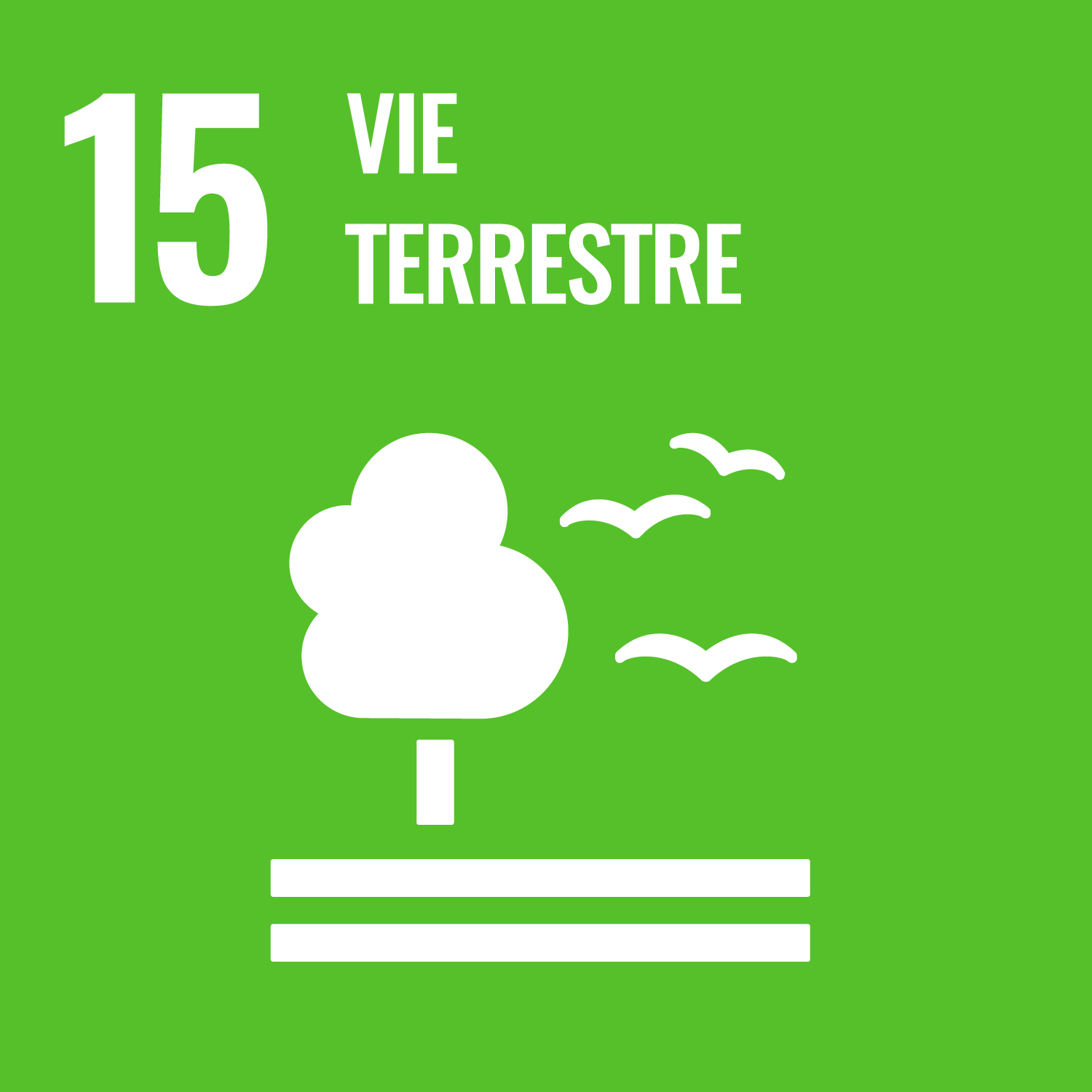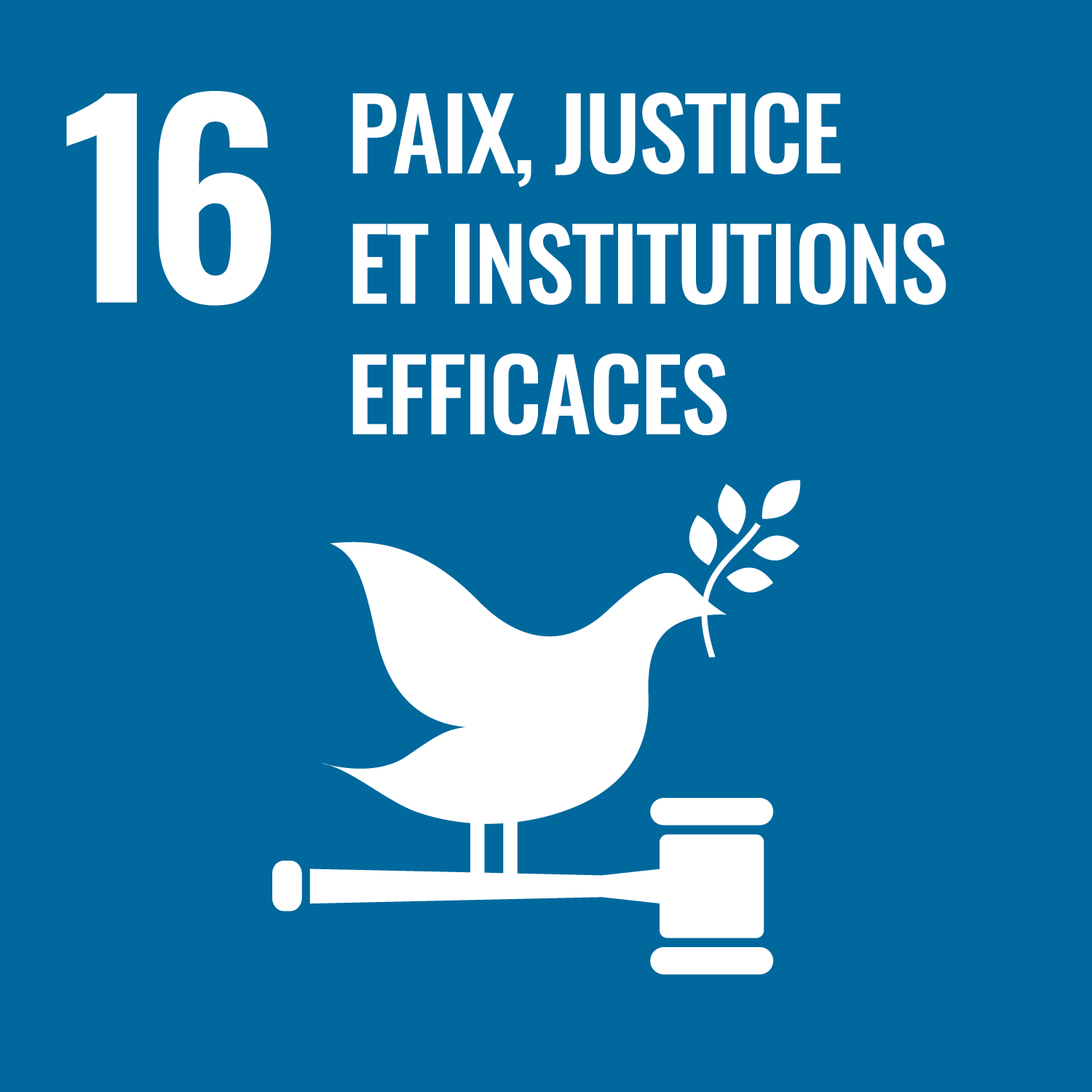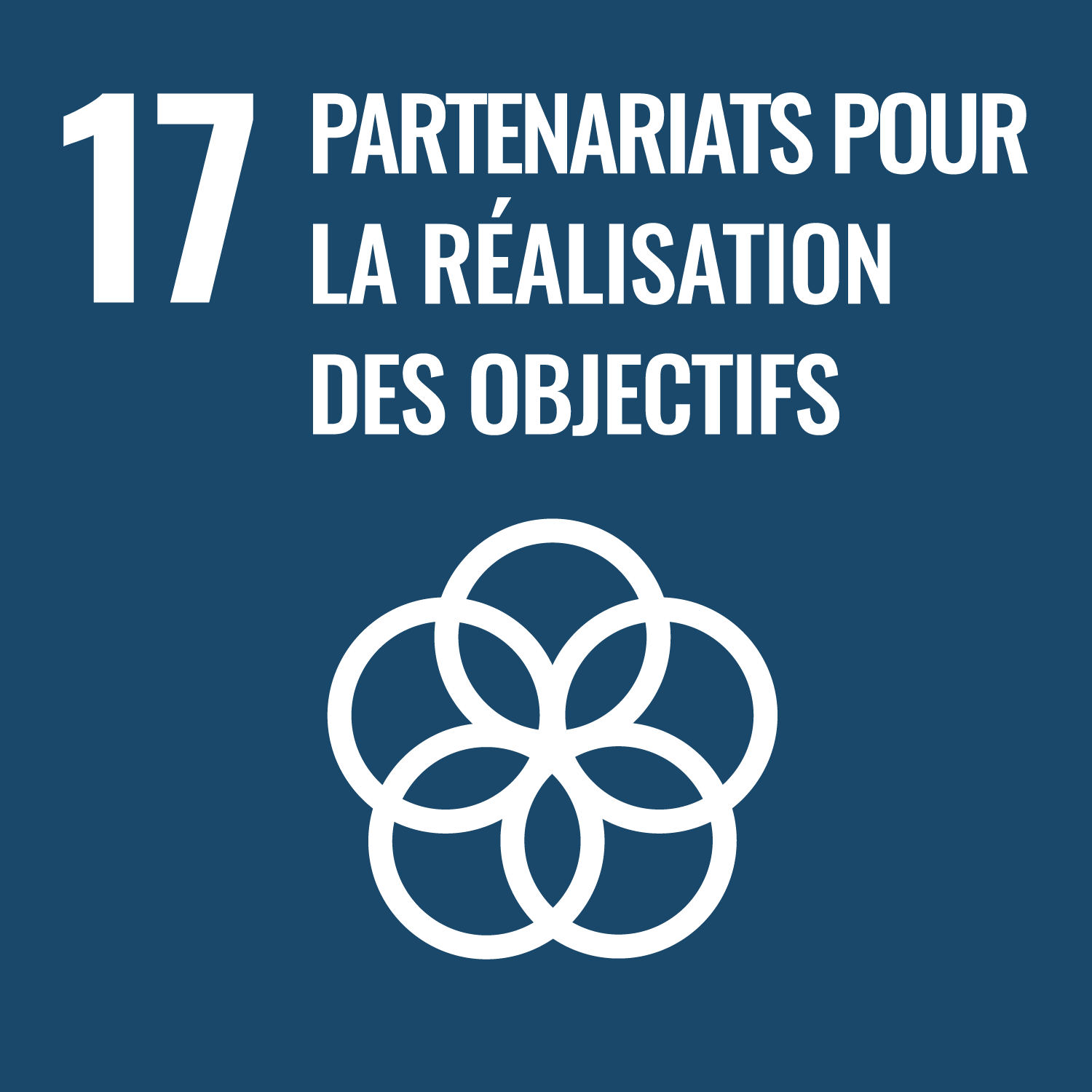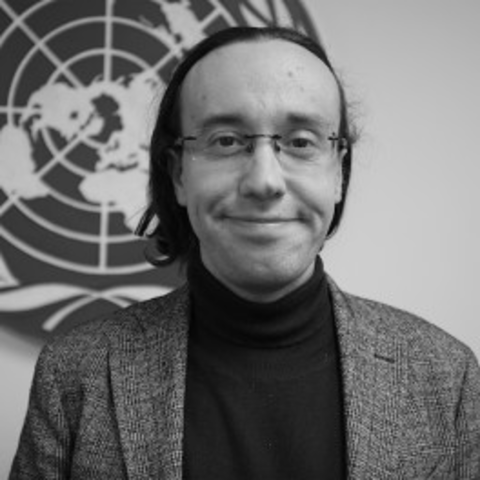Part 2: Crafting a UN systemic response
By end of March-in the midst of the COVID-19 crisis - the Joint SDG Fund received 258 proposals for supporting SDG financing interventions in over 100 countries, including LDCs, SIDS, and countries experiencing conflict and fragility (see this blog describing the SDG Financing Call). These impressive proposals reflect a UN systemic response to accelerate the achievements of the Sustainable Development Goals at the time of COVID-19. Through public and private partnerships and innovative approaches they aim to contribute to a future that is more sustainable, climate-resilient, and inclusive.
An early analysis of the Fund’s portfolio suggests a number of contributions (often overlapping in recognition of the Fund’s philosophy of integrated approaches impacting multiple SDGs) to the COVID-19 economic and social response that is in line with the UN framework for the immediate socio-economic response to COVID-19 (i.e. pillars 3,4,5, 6 and 8).[1] These contributions are presented along the 2 components of the Call:
ENABLING ENVIRONMENT: THE SDG FINANCING ARCHITECTURE (Component 1)
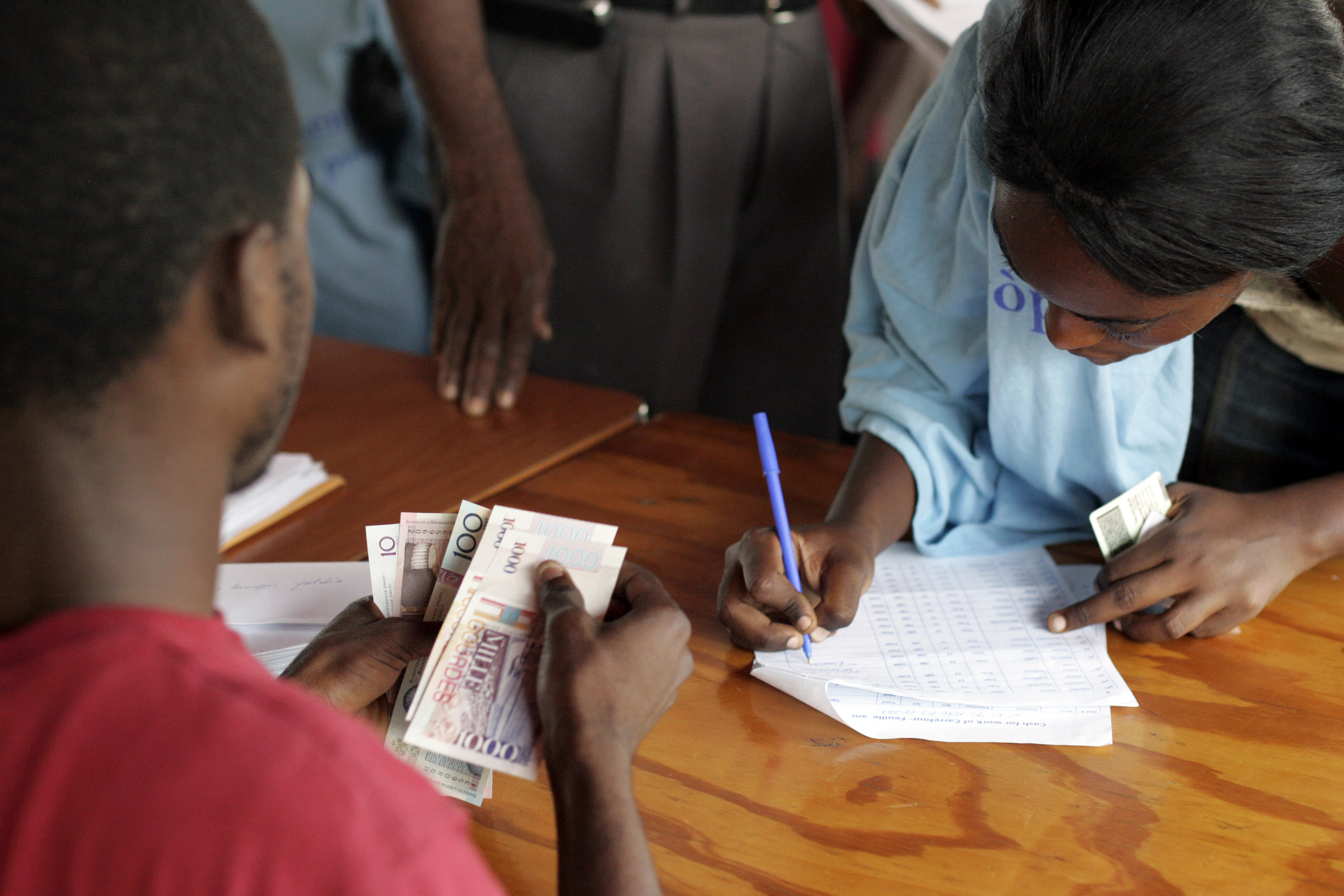
- Operationalization of public/private financial relief and recovery plans
The readiness and commitment of national and sub-national governments will determine the results of the recovery plans on people’s lives. The UN can leverage its existing work and partnerships to support the development and enhancement of planning and delivery systems, including financial frameworks, and enhanced local systems to improve execution and procurement. Capacity development interventions can help channel the necessary resources where they matter, while effectively supporting the delivery of services. Planned activities can structurally strengthen existing financing structures and optimize the spending. They can address knowledge gaps in SDG costing and expenditure, support multi-stakeholder platforms, and inform policy and institutional reforms to better align financing flows with the SDGs.
- Establishment of a new generation of risk-responsive financing frameworks and solutions
The way in which revenues are spent is as important as how resources are mobilized. Medium-term expenditure frameworks, for example, bring together a comprehensive picture of a country’s fiscal system. Expenditure frameworks should be aligned to the SDGs, which can be facilitated by integrated national financing frameworks (INFFs). Revamped frameworks for performance-based fiscal transfers will help people and businesses in need. INFFs and Government strategies need to become more risk-aware, learning from the financing mechanisms framed for disaster risk response and climate change, including emergency cash transfers and insurance schemes. INFFs should also safeguard SDG progress in the face of adversity and major future unforeseen crises.
- Continuous participatory engagement and impact measurement for the SDGs in financing frameworks
As larger volumes of public and private spending are allocated in the short and medium-term to crisis response (both health and economic crises), participatory and inclusive mechanisms suitable for review and impact measurement should be in place. Effectiveness and efficiency considerations will grow in importance as austerity may follow the expansionary period. Component 1 proposals support the development of high quality and inclusive financing plans that are impartially monitored for impact.
CATALYTIC INVESTMENT FOR SDG ACCELERATION (Component 2)
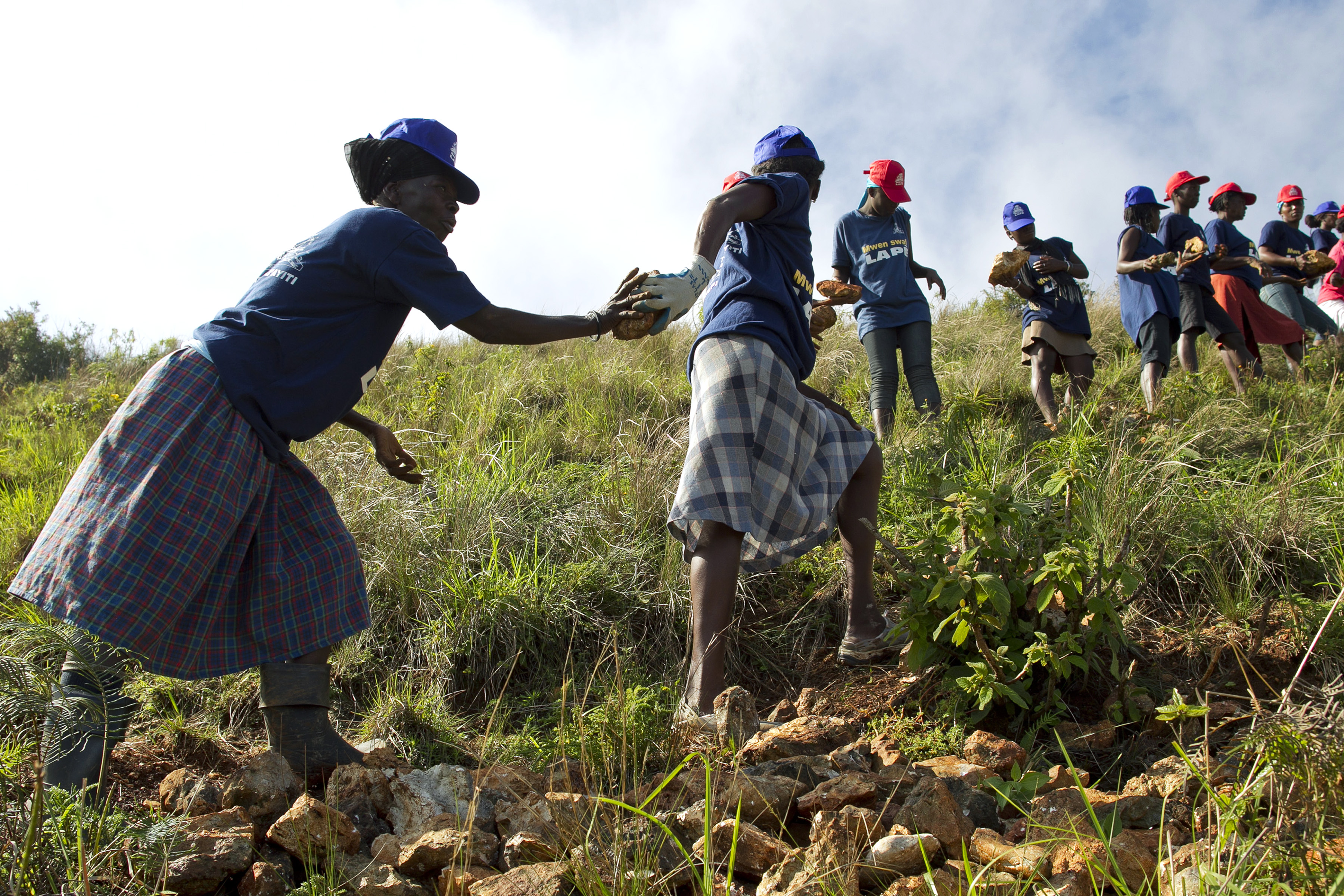
- Economic recovery
Small and Medium Enterprises and value-chain financing, including agriculture, nature-based and social enterprises clearly, emerged as a priority from the portfolio-along with solutions (including fintech)-in inclusive finance. Financial instruments linked to blended finance structures, such as guarantees, smart subsidies and technical assistance are also suggested. The exploration of thematic bonds and faith-based financing is relevant in the current context and-given early evidence of SDG/green bonds’ good performance. A second group of proposals look at mobilizing resources for critical infrastructure, a typical feature of employment-generating recovery plans. Critical infrastructure typically includes water and sanitation and energy infrastructure.
- Vulnerable groups/countries and financing for health and social protection
The “origin” of the proposals received has demonstrated the ability of the UN system to work in the most difficult contexts on integrated approaches: LDCs submitted a record 57 concept notes (1/3 of submissions received) while most SIDS and conflict/fragile countries submitted one or more concept notes. Moreover, some concept notes focus on financing solutions for vulnerable groups such as children, women, and rural poor. These include financial mechanisms to leverage multiple sources of financing to combat malnutrition, support early childhood development and education, among others.
- Management of natural ecosystems and climate actions
The COVID-19 crisis has not solved some of the other imminent threats for the human society, including the impact of climate change and the destruction of ecosystems that permit life on earth. COVID-19 responses should be mindful of these concurrent and inter-linked crises. Moreover, the increasing frequency of disease outbreaks can be directly linked to climate change and biodiversity loss (WEF), including COVID-19 and Ebola. Related concept notes propose blue and green finance solutions for the better management of ecosystems and climate adaptation and mitigation measures. Moreover, the creation of sustainable and green business should be a foundation of economic recovery (e.g. blue economy for SIDS). The current health crisis holds profound lessons that can help address climate change and protect our planet if people and businesses’ greater economic and environmental resiliency becomes the compass for the years ahead (McKinsey).
While the world will undoubtedly experience tough times ahead, SDG financing frameworks are part of the solution. Some of the positive trends that emerged before the crisis, from fintech to responsible investing and meaningful public-private collaboration, should now be accelerated. This health and economic crisis is a unique opportunity “to make” the world more inclusive and sustainable.
The Joint SDG Fund looks forward to playing its role and support a coherent and cohesive UN system. Component 1 programming will support countries 'doing more and better with less' in the new post-COVID world by integrating the SDGs across national public financial systems and more effective public-private collaboration, ensuring that none is left behind. Component 2 programming will fast track financing solutions for economic recovery that are inclusive and centered on vulnerable groups to make societies and economies more resilient and sustainable.
With thanks for inputs from John Hardy, Gail Hurley, Gregory De Paepe and Suren Poghosyan, independent evaluators – 1st Call on SDG Financing and Nomindari Enkhtur and Adriana Bazan Fuster, Joint SDG Fund
Read Financing the SDGs at the time of COVID-19: A Brand New World? Part 1: Reflections on Financing the SDGs
[1] Investing in Resilience: Community-led Resilience and Response Systems (3), Labor Markets: Protecting Jobs and Promoting Decent Work (4), Economic Recovery: Protecting SMEs, farmers and the most vulnerable productive actors (5), Macroeconomics: A surge in fiscal and financial stimulus (6) and Multilateral/Regional collaboration: regional trade policies, connectivity, and monetary-fiscal coordination (8).

